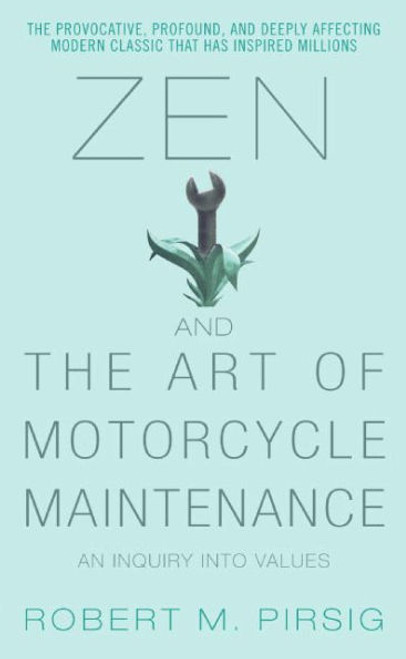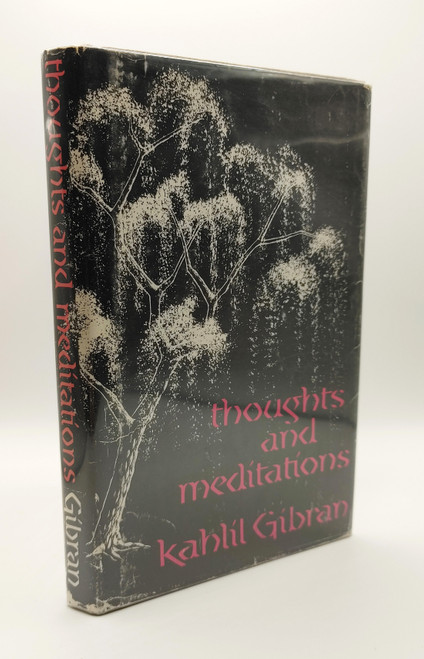This book is about emptiness and silence—the mind-expanding emptiness of Zen painting, and the reverberating silence of haiku poetry. Through imaginative participation in the visions of painters and poets, its readers are led to the realization that, in the author's words, "emptiness, silence, is not nothingness, but fullness. Your fullness."
Reproduced here are thirty-one "landscapes of the soul" created by the great masters of the ink painting in China and Japan, and treasured for hundreds of years in temples, museums, , and private collections. For the artist-priests who painted them, they represented acts of intense contemplation, attempts to comprehend the essential nature of the universe and to penetrate to the very core of individual existence. The authors' commentaries and the translated poems accompanying the paintings are designed to work at the nonverbal level, stimulating readers to similar "transactions with the universe."
This volume will open to Westerners a cultural tradition that has informed many distinguished lives and works of art. The work of painters like Niten, Liang K'ai, and Toba, and of poets like Basho, Buson, and Issa reflects the wholeness, spontaneity, and humanity of the Zen vision. Those who desire a glimpse into the world of intuitive contact with nature offered by Zen meditation will find these paintings, commentaries, and haiku poems especially rewarding. They enable the reader to experience the unique power of Zen art—its capacity to fuse esthetic appreciation, personal intuition, and knowledge of life into one creative event.
About the Author
Stewart W. Holmes has made extensive forays--via general semantics and Zen--into the realm of nonverbal experience. As an officer of the Cambridge Buddhist Association, he was well acquainted with its former president, the eminent Zen scholar Daisetz Suzuki. Dr. Shinichi Hisamatsu, the founder of the Association, was his first Zen master. Among his other publications are Meaning in Language and articles for a number of journals. At present Dr. Holmes, who holds a Ph.D. in English from Yale University, is on the English faculty of Castleton State College, Vermont.
Chimyo Horioka, who is responsible for the nonverbal aspects of this volume, is Far Eastern Librarian in the Asiatic Department of the Museum of Fine Arts in Boston, and author of many articles on Buddhist art. A priest of the Shingon sect and graduate of Koyasan University, he also studied philosophy at Hamburg and Koenigsberg universities. He has been president of the Cambridge Buddhist Association since the death of Dr. Daisetz Suzuki in 1966.








